Ollas
#ollas #oyas #garden #nature #water #watering #gardener
The ollas have been known since the dawn of time… Well, almost. They are very useful during periods of heat wave. But by the way, what are these ollas?
Ollas
Ollas, who goes there? For those who have never heard of ollas, here is the description. Olla means “pitcher” in Spanish. And depending on the provenance, the spelling can be a little different. But the principle is the same. It is a porous tank that will be installed in the ground. The water contained in the tank will pass through the pottery and will diffuse humidity around it. Nearby roots will sniff out the bargain and move closer to that source of moisture.
For us gardeners, this is very convenient. It is a progressive watering and we come from time to time to fill the tank. It’s pretty cool.
A question then comes to mind: “If it’s so clever, why didn’t you think of it earlier”?
Well, we’ve known about these ollas for a long time, but we had forgotten them in the back of the attic, and they’re popping up everywhere today
History of ollas
These pots have been around for thousands of years. They were used to store water or food. Everyone has their own little legend, but the first time we talked about this irrigation technique was in China. Han dynasty agronomist Fan Shenshi, do you know? Me neither, it was he who mentioned the olla for the first time. In Africa and Asia, this type of watering will develop rapidly. We also find traces of the Oyas in Brazil and South America.In Europe, maybe because the water was abundant, we don’t really have the culture of olla.Fortunately, today, for a few years now, we have found a whole bunch of tutorials on the olla and adapted pottery in store. Difficult to pass by. It must be said that the lack of water is watching us and all means are good to save!
Functioning
As explained, it is a terracotta tank that diffuses its water gradually. And for this broadcast to go smoothly, we need to respect 2 important things. First, the quality of the terracotta. If the cooking is too “perfect”, the terracotta will not be porous enough and will not allow water to pass through. We often find tutorials on social networks with a cheap technique, which is to glue 2 horticultural pots together to form a reservoir. But if the pots are of quality, they are not made to let the water escape or very little. The pot must keep the humidity inside, the olla must on the contrary diffuse it outside. These are two very different techniques. Second point, the water contained in the ollas must be clean, otherwise the pores of the pottery get clogged and the water passes less easily. You can use water from recuperators provided that it is filtered. And every winter, a cleaning of the ollas would be a plus!
Something else?
Here are some notions of size, just to find your way around! A 1liter Olla brings water over 20 cm and it has an autonomy of about 3 to 6 days. The 3 liters is over 30 cm, and it is autonomous for 5 to 7 days. For the 5liters olla, there is moisture on 40 cm around. It is autonomous from 5 to 8 days. And finally the 9 liters radiates over 50 cm, it is autonomous for 6 to 10 days.The best thing is to add a good layer of mulch all around the ollas, and with that, you’re in peace… Well, it’s mainly your plants that are happy!Be careful though when gardening with tools near your ollas, they are made of terracotta and can break easily.Ditto during the winter, if you live in very cold regions where the frost easily drops below 0, it is best to empty them. It is best to remove them for the winter to avoid the risk of the pottery bursting.Now it’s up to you to find the ollas that matches your garden!

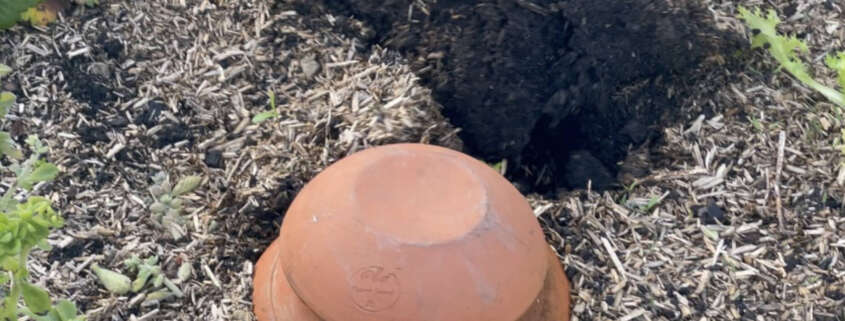
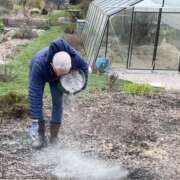
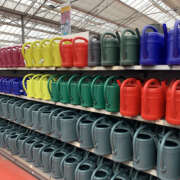

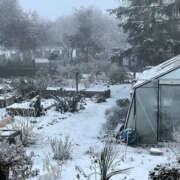
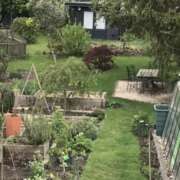
 crédit photo Joaquim Tournebize/zepros
crédit photo Joaquim Tournebize/zepros 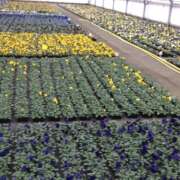
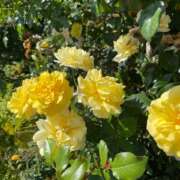


Leave a Reply
Want to join the discussion?Feel free to contribute!